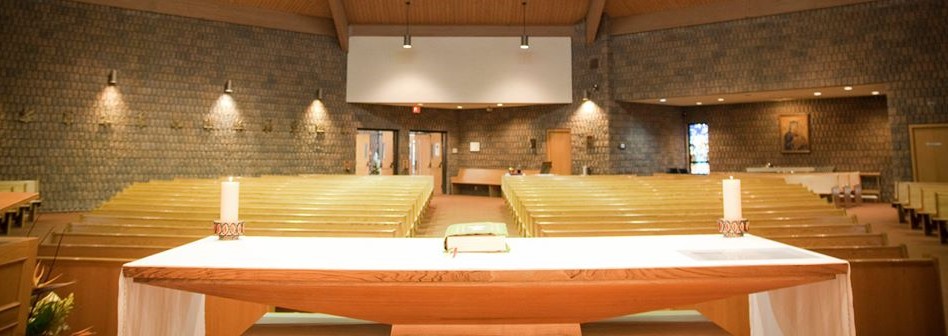- Home
- A nossa comunidade
- A nossa fé
- Sacraments
- Vida paroquial
- Boletim informativo
- Contacte-nos
- Search

Exorcismo
Jesus Christ gave His apostles "authority to cast out demons" (Cf. St. Mark 3). By His authority the Church exercises the power and office of exorcizing, and the Church's exercise of this power and this office is called exorcism. (CCC:1673)
There are two forms of exorcism:
-
The simple form, for example, is part of Baptism and of the Christian Initiation of Adults.
-
The major (or solemn) form is performed only by a validly ordained priest with the bishop's express permission.
Frequently Asked Questions
1. What is the purpose of an exorcism?
Like all sacramentals, an exorcism is directed towards the sanctification of humanity (and all creation) and the praise of God by disposing us favourably and purposively to cooperate with God through His grace. (CCC: 1670) It is by the loving will of God and to the glory of His holy name that the Church casts out demons, drives out evil spirits, and heals those who suffer from demonic possession. (CCC: 1673)
2. Is Exorcism a Sacrament?
No, it is not a Sacrament; rather, it is a sacramental rite of the Church.
3. Who can perform exorcisms?
Only a validly ordained priest under the bishop's "special and express permission" can perform exorcisms legitimately. (Code of Canon Law, c. 1172 § 1) For more detail, please consult the Exorcism Protocol.
4. Whom should I speak to for discerning the needs for an exorcism?
Your local parish priest is your immediate contact person for pastoral assistance.
Resources
To learn more about exorcism, these resources may help:
